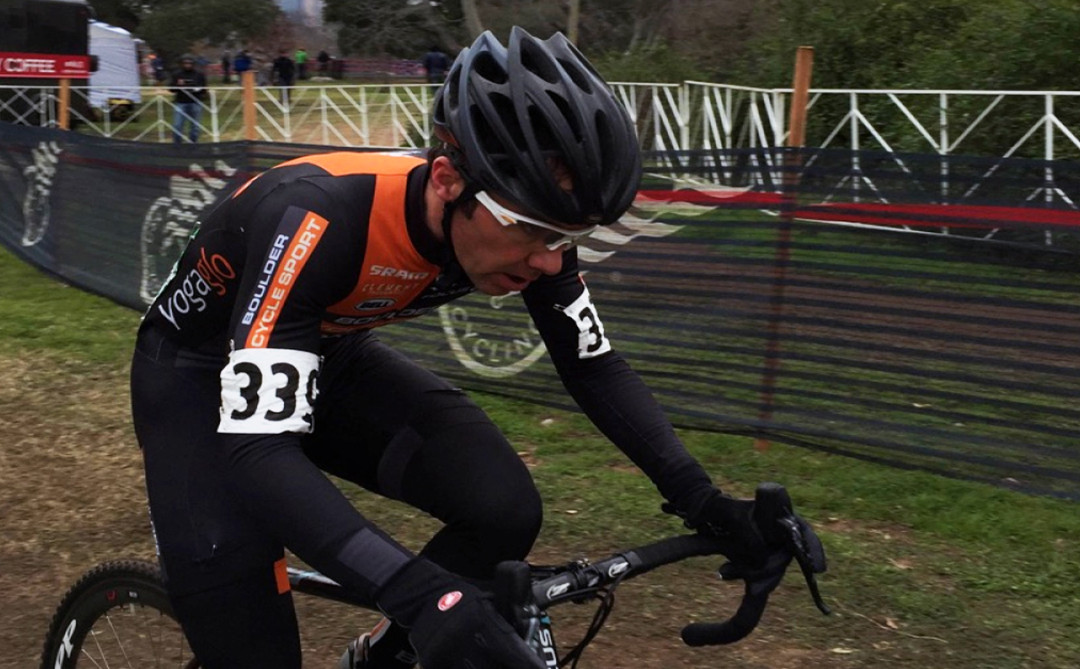Whether you are an elite cyclist or a casual cruiser, low back pain can strike at any time. In fact, a Norwegian study found that low back pain was the most common type of overuse injury experienced by cyclists¹. The act of cycling itself is not the problem. Low back pain in cyclists most commonly stems from a set of mechanical factors easily corrected by proper bike set up and the addition of some routine exercises.
Knowing the causes of low back pain during cycling and how to prevent these issues can open the door to years of pain-free cycling adventures.
The Cause Behind Low Back Pain in Cyclists:
The main contributing factor to low back pain in cyclists is bike set up. Even with slight errors in fit, such as the handlebars being too far out, or the crank being too long, the subsequent imbalances in the hips and neck over time can be significant.
These imbalances often lead to overuse of the lower back, creating muscular imbalances that can lead to pain and/or injury. Here is a list of some factors to consider when getting your bike fitted:
- The height and position of your seat
- The overall size of the bike frame
- Crank length
- Ergonomics and width of handlebars
- Saddle or seat width and pressure points
- Head tube height
Proper equipment can also play a significant role in keeping you pain-free during your cycling endeavors. If the terrain is rough, for example, and the bike you are using doesn’t have shock absorbing technology, your joints will endure a significant amount of impact which may compress your spine. By having a proper bike fit and the right equipment, your weight will be properly distributed, therefore preventing unwanted loading on your lower back.
Another major factor behind low back pain in cyclists is overall fitness and flexibility levels. While cycling is a wonderful cardiovascular exercise, it does little to strengthen the core. Having a strong core will help to prevent injury by increasing stability as well as provide lumbar and pelvic protection.
Brandon Dwight, the winner of the 2015 Masters Men’s 40-44 National Cyclocross Championships and owner of Boulder Cycle Sport, was experiencing low back pain that was beginning to affect his training. He says, “A healthy back is the key to generating consistent power on the bike. When something is off the power is just not there.” By doing exercises geared toward strengthening the core and stretching targeted areas found in the Telespine program, Brandon was able to return to racing pain-free.
Core and stability exercises are pivotal to making your body into a powerhouse by using hip, gluteal and spine strength to pedal rather than relying on hamstrings and quadriceps alone.
Tips to Prevent Low Back Pain for Cyclists:
- Get a professional bike fitting at your nearest bike shop: Many cycle shops now offer bike fittings. If you spend a lot of time on your bike, make sure you are working with a certified bike fitter so that your bike is the right fit for your body and experience level.
- Maintain and ride with good posture: Good posture is essential to avoid low back pain. Make sure your back is upright and in a neutral position at all times. Try to keep from swaying side to side: this typically indicates that your body is tired and you may end up in poor posture that strains your lower back.
- Add stretching to your weekly or daily routine: Do daily stretches to keep your hamstrings and spine flexible. Target specific muscles that tighten during cycling including the hip flexors, hamstrings, and your IT-band.
- Add core strengthening exercises: Your core muscles work together to stabilize and protect your spine. Adding core exercises will help the muscles in your pelvis, lower back and hips to work together in harmony. They will also help you maintain good posture which is essential for spine health.
- Add strength training exercises: Add strengthening exercises that target your major muscle groups such as squats, lunges, and pushups. This will not only help you to avoid muscle fatigue and poor posture, but also will increase your bone density, and therefore strength.
- Warm-up & cool-down: Always start slow and warm your muscles up. Both warm-up and cool down should ideally last for 10 minutes for both the warm-up and cool down. An extra ten minutes on either end will help to prevent unwanted strains or tears as well as increase circulation that will help to prevent muscle tightening and soreness.
[1] Clarsen B, Krosshaug T, Bahr R. Overuse injuries in professional road cyclists. Am J Sports Med. 2010 Dec; 38(12): 2494-501. 2010.
